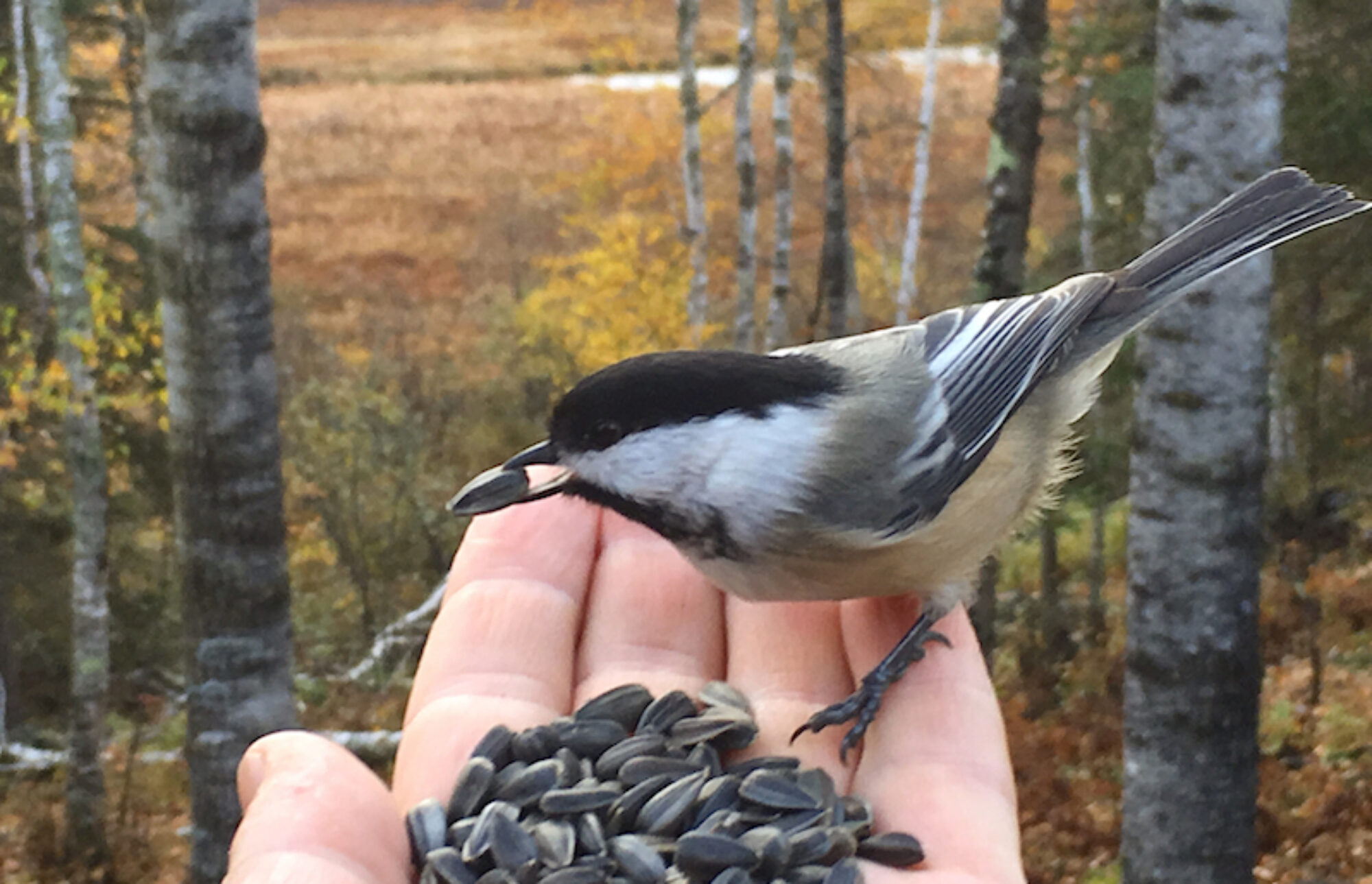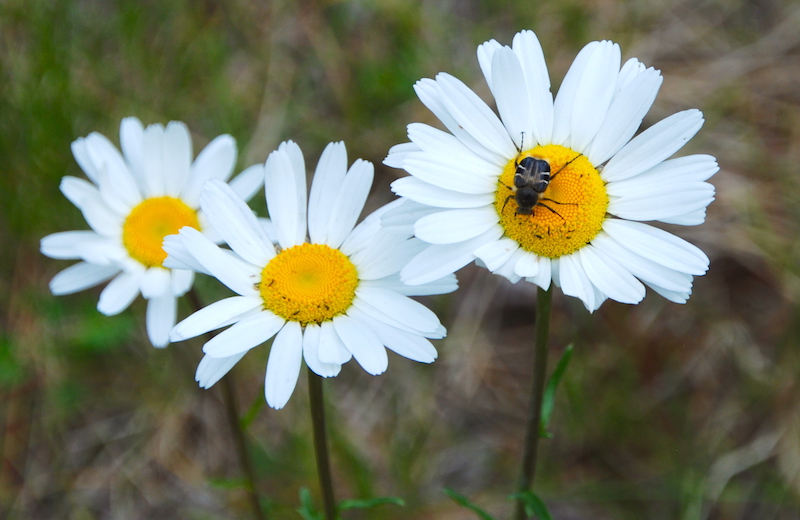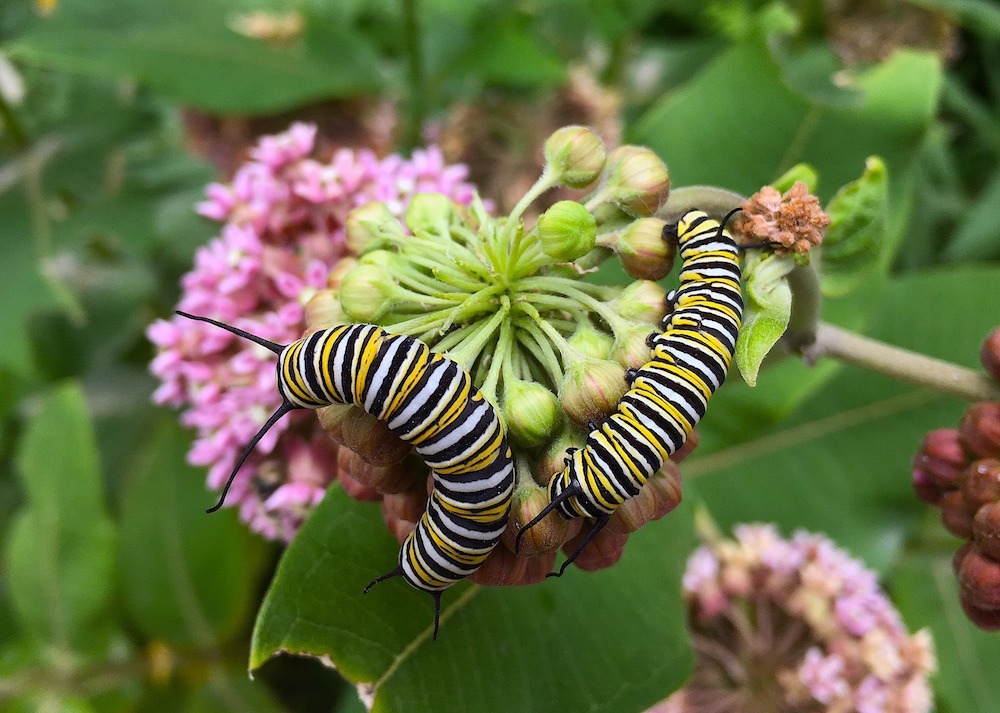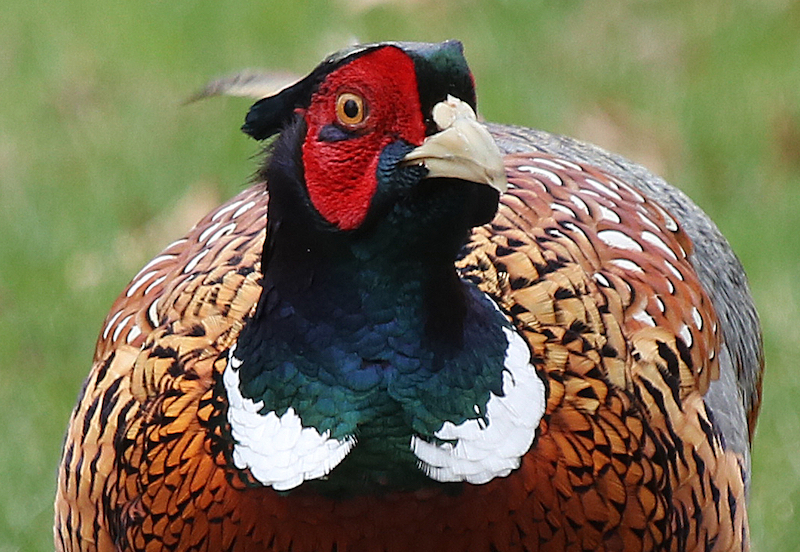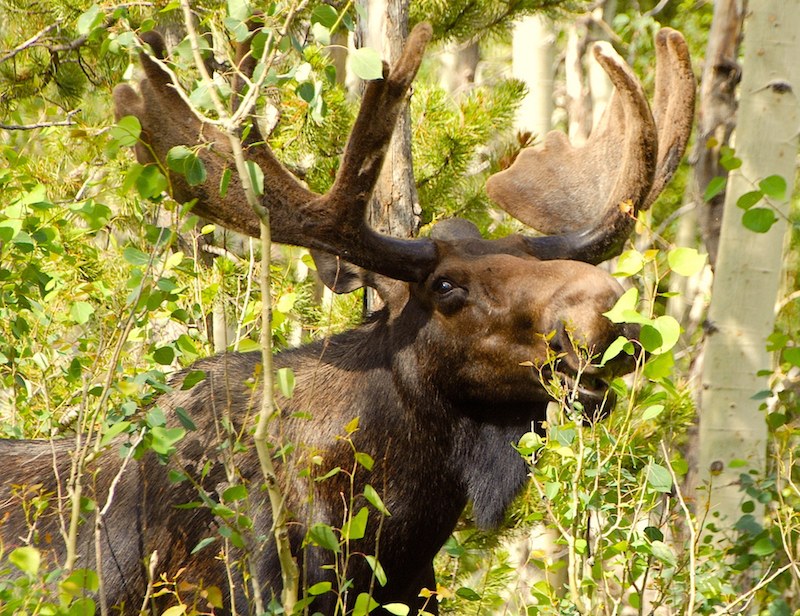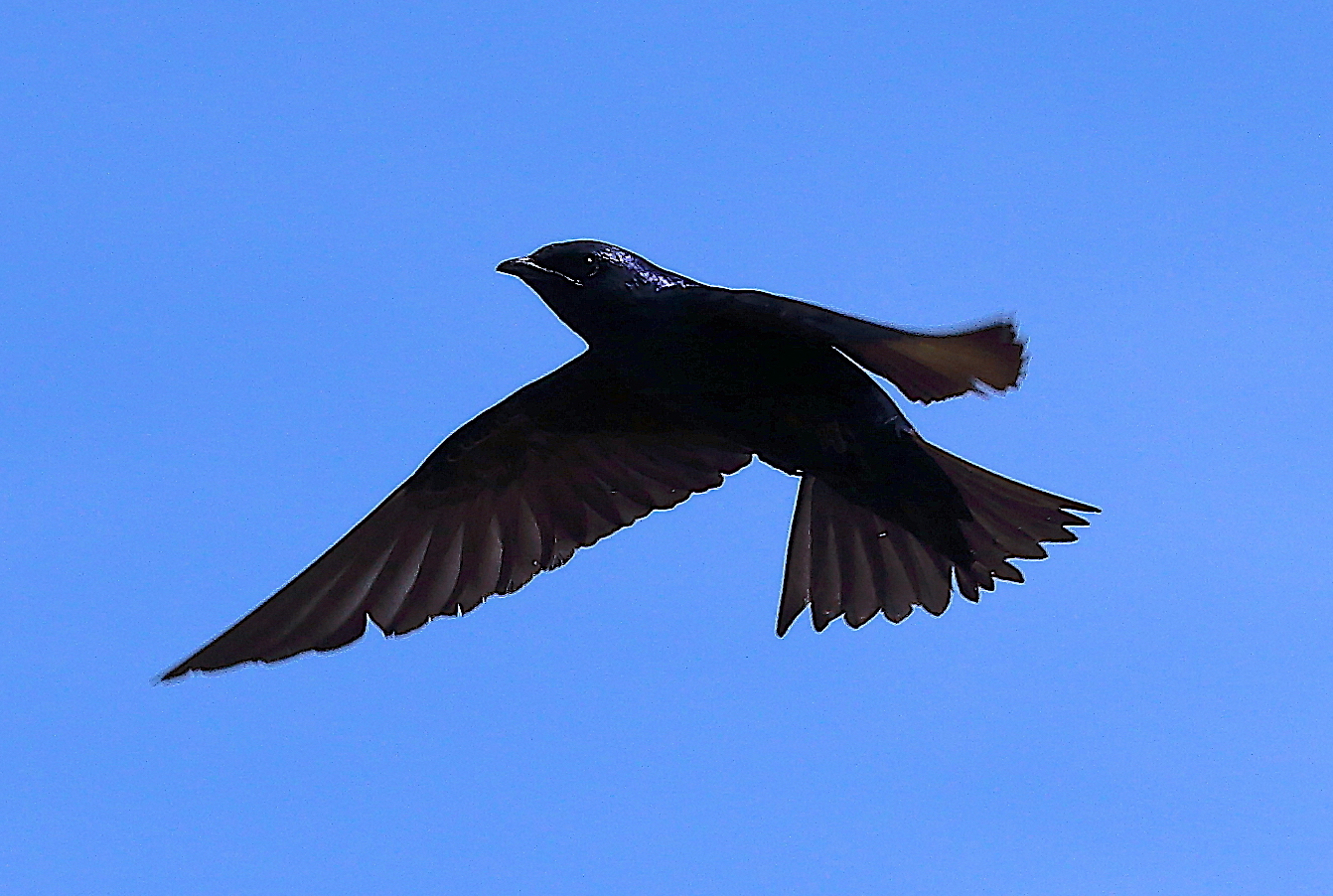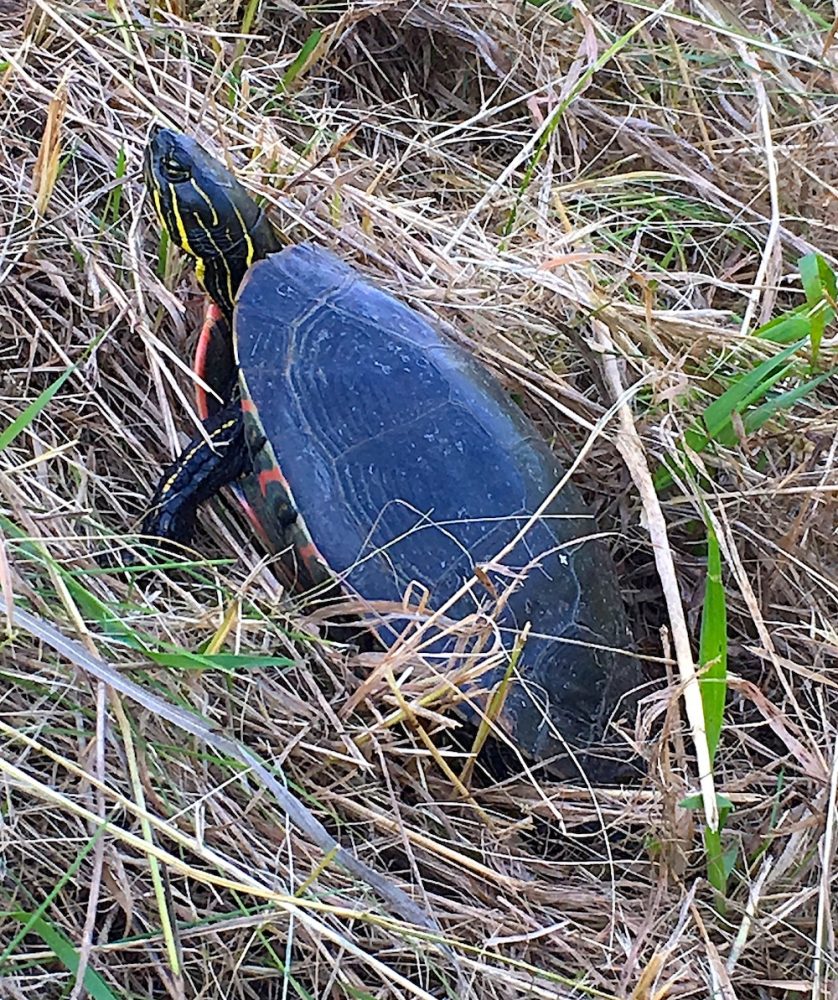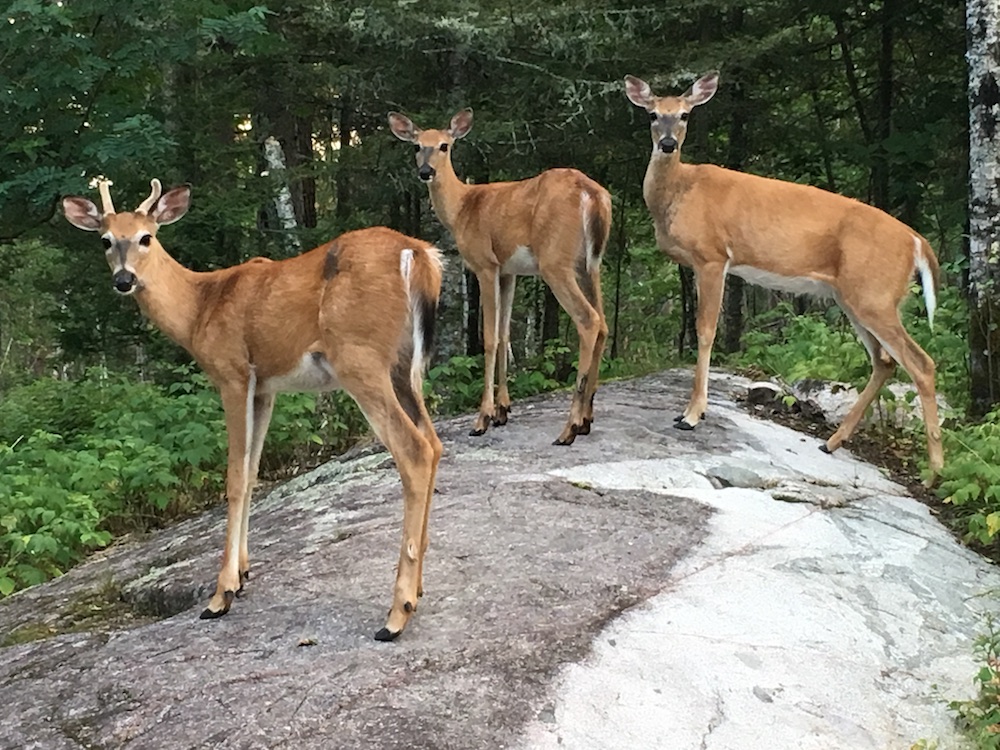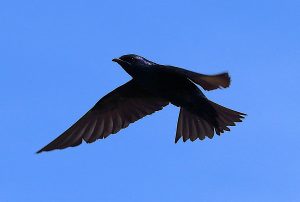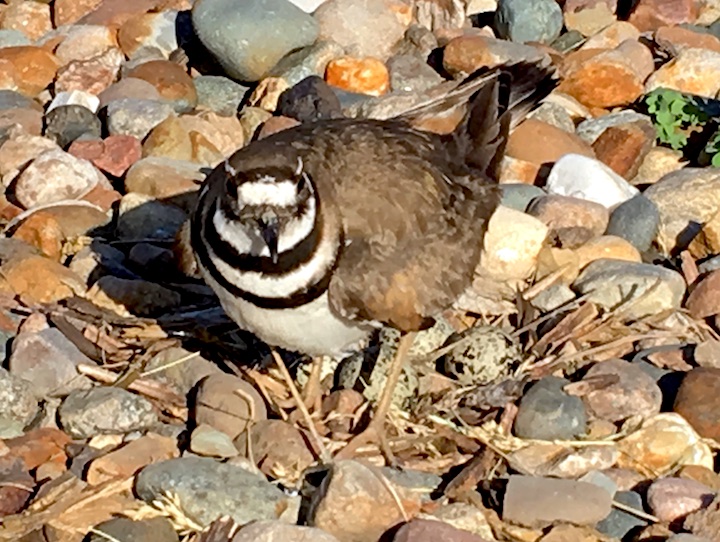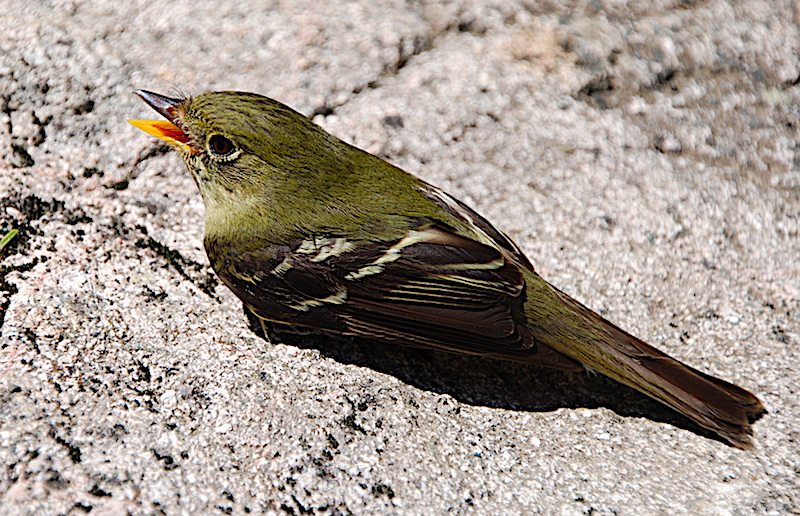
ELY, MINN. – The undeniable thud shook me from the fog of an early morning doze. It had been several months since I heard a similar sound, but it had not been forgotten. Birds colliding with windows are an unfortunate reality of living in a cabin in the woods.
Looking out the bedroom window from where the sound had originated I saw nothing out of the ordinary – sand, gravel, ledge rock, trees. If the bird had been injured upon impact, it would have been quickly observable on the ground near the window. In this case, it appeared the victim – likely a blue jay based on the volume of the – had quickly recovered and continued its flight to wherever it was destined.
In this particular situation, the bird hopefully escaped serious injury – a broken neck is often the result of such collisions — with only a contusion or two to its head and body. There is another unfavorable outcome that I was reminded of earlier this week after reading some email exchanges among members of a local nature and citizen science group. The discussion focused on a belted kingfisher that had seemingly survived a collision with a window and flown off after several moments of being tended to by the homeowner.
But, as one contributor pointed out, the kingfisher’s coming to its senses and flying off didn’t ensure its future.
“Many injuries can occur when a bird hits a window but often it is a head injury as it is usually the head that hits first. Sometimes it is the swelling or continued bleeding inside the skull that occurs after the initial injury that kills them. I am always happy to see an injured bird take off but realize there is still a great chance they will die.”
Unlike humans, who can be treated for head trauma, birds don’t have access to such emergency care. The best scenario is that they don’t collide with a window in the first place, and that’s where humans can try to help, with emphasis on the word “try.”
“I guess the best we can do for the birds is put something up on our windows that will break up the reflection that makes it look like smooth sailing to them,” the email continued.
Since windows tend to behave like mirrors to birds and reflect their surrounding habitat, they often fly directly into them. While data on the subject is inconclusive, various studies estimate that millions of birds die in collisions with windows each year in North America, alone.
Some of the strategies employed by birders to try and reduce the number of bird-window collisions include affixing predator silhouettes or a series of static-backed decals to the inside of windows, covering the glass on the outside with screening or netting or hanging ribbons, mobiles, Mylar streamers, wind chimes and even strings of CDs on the outside of the windows.
After witnessing some 20 crashes in three years here at the cabin – at least half of which resulted in immediate death to the avian victim – I got serious about trying to reduce the collisions on the front of the cabin, which features 11 windows and glass French doors. I affixed several static-backed decals on the upper windows, mesh netting on four of them and a hawk silhouette I cut out of cardboard in the center of the largest of the largest window.
The strategy seems to have helped this year as the number of collisions I’ve witnessed has dropped significantly – the lone exceptions being a pair of Blackburnian warblers that became casualties within a couple days of one another in early spring. Unlike the majority of other previous crashes, however, these two took place on the unadorned bottom windows. The same thing happened with the blue jay, which prompted me to conclude that more window-dressing is needed.
Ironically, I heard an interview over the weekend with the founder of a company that’s been touting its own strategy for reducing bird-window crashes for some 30 years. The idea is to hang window-length, 1/8th-inch-diameter strands of dark-olive parachute cord spaced about 4 inches apart using Velcro strips or screws and clamps on the outside of windows. While visitors to the birdsavers.com website can order customized, made-to-order Acopian BirdSavers from the company, founder Jeff Acopian encourages birders to make their own, offering complete instructions to do so on the company’s website.
Bird conservation over profit? I like it. I’ll be picking up some colorful paracord in the next couple of days.
Todd Burras can be reached at ou****************@gm***.com.
